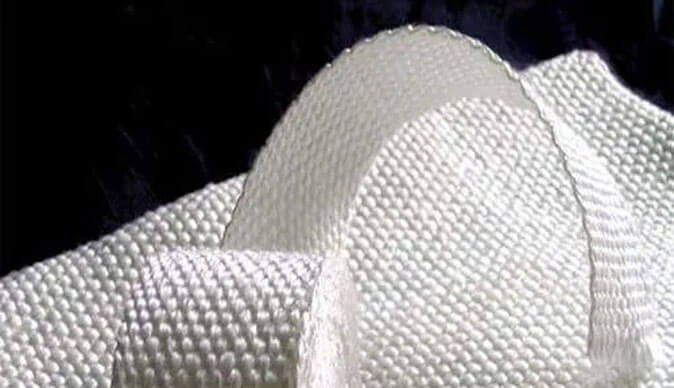Ceramic webbing, also known as ceramic tape or ceramic rope, is a high-temperature insulation material made from ceramic fibres. It has several benefits and is used in various industrial applications, primarily in high-temperature environments where thermal insulation, heat resistance, and durability are crucial.
Here are the benefits, common uses, and material properties of ceramic webbing:
Benefits of Ceramic Webbing:
- High Temperature Resistance: Ceramic webbing can withstand extremely high temperatures, often exceeding 2300 degrees Fahrenheit (1260 degrees Celsius). This makes it ideal for use in applications where conventional materials would degrade or fail due to heat exposure.
- Low Thermal Conductivity: Ceramic webbing has low thermal conductivity, which means it effectively insulates and retains heat. This property helps in conserving energy, maintaining temperature stability, and protecting nearby equipment and personnel from high temperatures.
- Excellent Thermal Insulation: It provides reliable thermal insulation and can be used to wrap or seal components, such as pipes, ducts, and equipment, to minimize heat loss or heat transfer.
- Flexibility: Ceramic webbing is flexible and can be easily wrapped around irregularly shaped surfaces, making it suitable for insulating complex geometries.
- Chemical Resistance: It is chemically inert and resistant to most chemicals, acids, and alkalis. This property ensures that ceramic webbing remains stable and unaffected by corrosive environments.
- Low Smoke and Toxicity: In high-temperature applications, ceramic webbing typically produces low smoke and releases minimal toxic gases when exposed to flames, making it a safer choice in fire protection applications.
Common Uses of Ceramic Webbing:
- Fire Protection: Ceramic webbing is used in fireproofing applications to protect structural elements, cables, and pipes from high temperatures and flames. It helps delay the spread of fire and provides a barrier against heat.
- Furnace and Kiln Insulation: It is employed in the insulation of furnaces, kilns, and other high-temperature equipment to conserve energy, reduce heat loss, and maintain stable operating temperatures.
- Exhaust Systems: Ceramic webbing is used to insulate exhaust systems in automotive, industrial, and aerospace applications, preventing excessive heat transfer to surrounding components.
- Heat Sealing and Gasketing: It is used as a heat-resistant gasket material in industrial equipment such as boilers, ovens, and steam systems to create a reliable seal and prevent heat loss.
- Ceramic Welding Backing Strips: In welding applications, ceramic webbing can be used as a backing material to support the weld pool and prevent oxidation on the backside of the weld.
- High-Temperature Conveyor Belts: It is utilized as a component in conveyor systems for materials handling in industries like glass manufacturing and metal processing, where elevated temperatures are encountered.
- Sealing and Wrapping: Ceramic webbing can be wrapped around pipes, valves, and flanges to insulate and protect them from extreme heat, as well as to create reliable seals in high-temperature environments.
Material Properties of Ceramic Webbing:
- Composition: Ceramic webbing is typically composed of alumina-silica ceramic fibres. These fibres are manufactured through a process of melting and spinning ceramic materials.
- Temperature Resistance: It can withstand temperatures ranging from 2000°F (1093°C) to over 2300°F (1260°C), depending on the specific grade and manufacturer.
- Density: Ceramic webbing is lightweight and has a low bulk density, making it easy to handle and install.
- Thermal Conductivity: It has low thermal conductivity, which is essential for effective thermal insulation.
- Chemical Resistance: Ceramic webbing is resistant to most chemicals, acids, and alkalis, ensuring its stability in corrosive environments.
- Flexibility: It is flexible and can be easily manipulated to fit various shapes and sizes.
- Dimensional Stability: Ceramic webbing exhibits excellent dimensional stability, meaning it maintains its shape and dimensions even under high-temperature conditions.
- Low Thermal Expansion: It has low thermal expansion properties, ensuring that it retains its shape and insulation effectiveness at elevated temperatures.
In summary, ceramic webbing is a versatile high-temperature insulation material with excellent thermal resistance and chemical inertness. Its flexibility, low thermal conductivity, and durability make it a valuable choice in applications where heat management and thermal insulation are critical.


